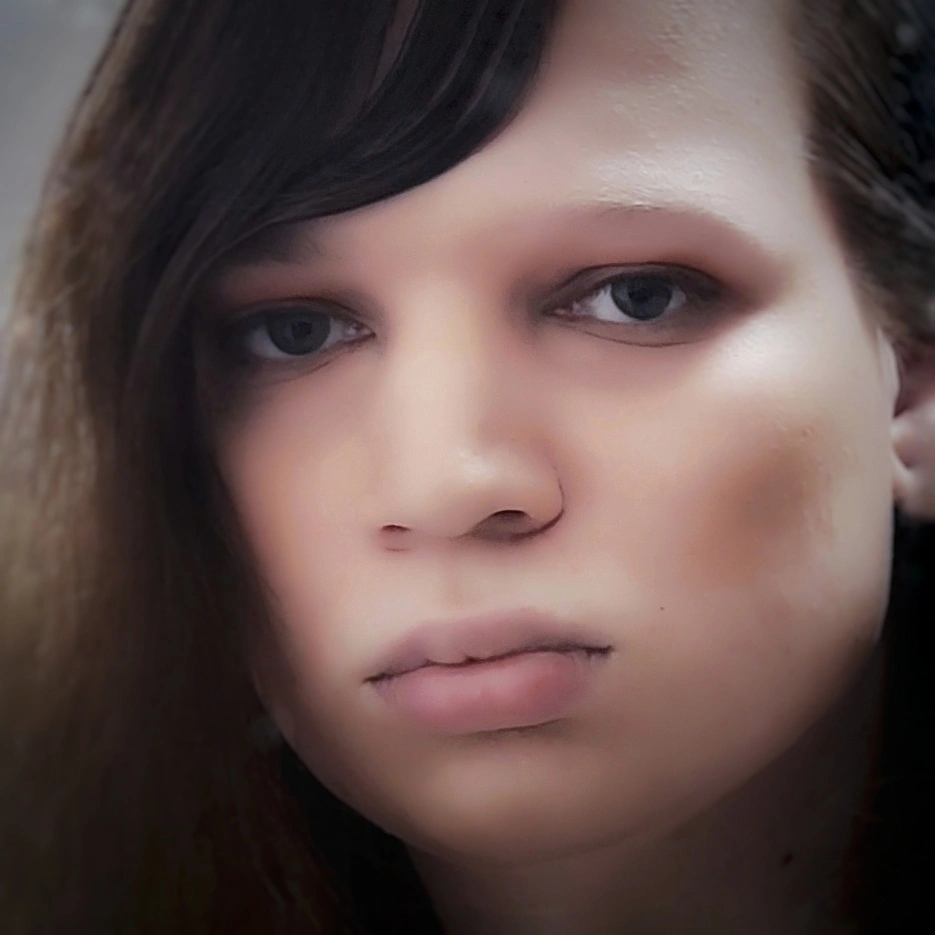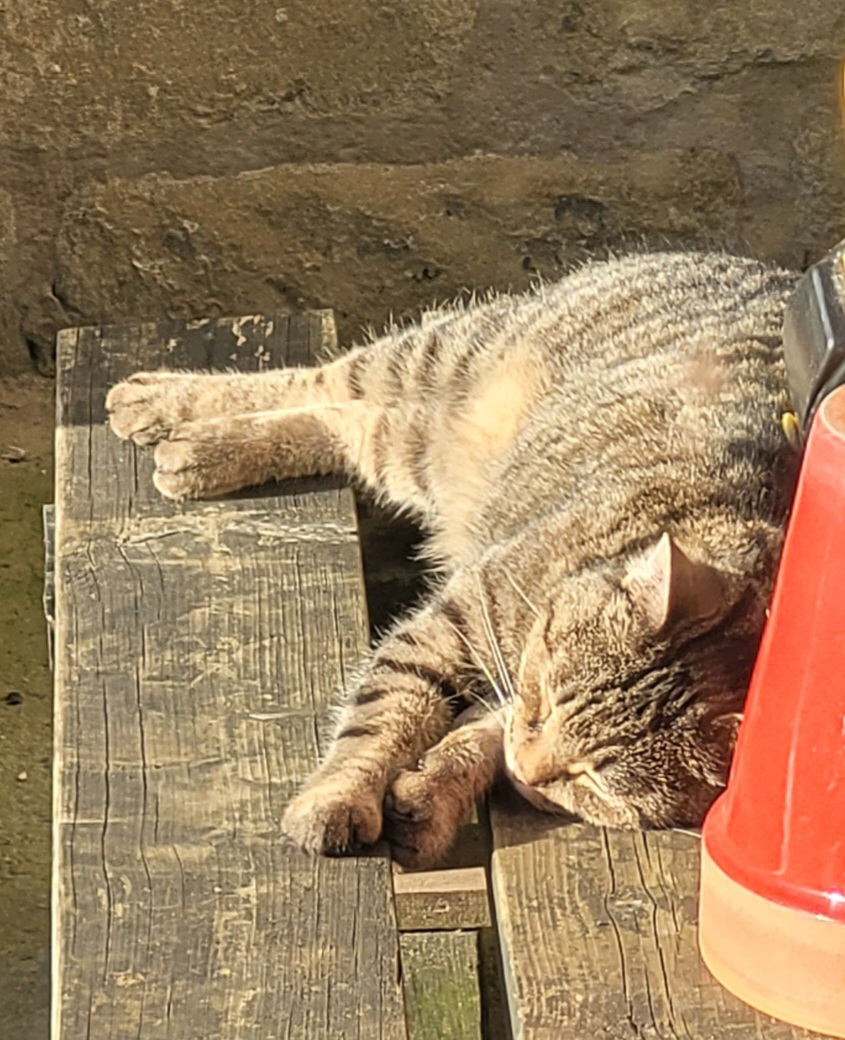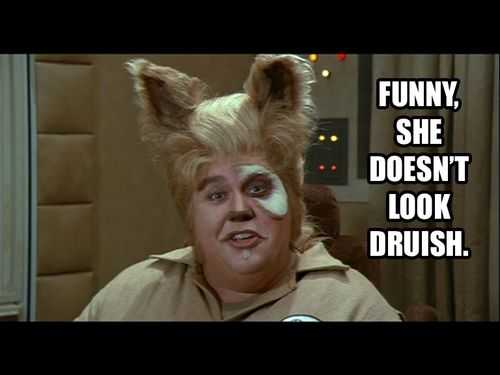My god is there a way to like see it properly???
There’s not; your eyes see the vague white lines formed by the lighter boxes, but when they’re in your peripheral vision your brain is filling in the missing information, and because they’re so close in location, colour, and thickness to the straight lines, your brain conflates the two. This results in exaggerating the white lines so you’re more aware of them than when you’re looking straight at them and can see the outlines of the white boxes clearly, and the white and green lines seem to blend when they’re both in your peripheral vision.
I’ve got a bit of a hangover, or maybe I’m still drunk, I dunno, but when I look at the center of the image and focus, all the lines go straight. I’m also on a phone, so maybe not enough is in my peripheral vision to completely fuck me up.
EDIT: It was definitely the alcohol. I’m more sober now and I can’t do it anymore.
That’s really interesting! We need to see if we can replicate that. Everyone get drunk and look at the picture! We need different states of inebriation, too. C’mon people 👏 Citizen science!
I find going out of focus makes the grid appear straight
It does make it a little better yee
Look at the white zigzags, they’re what trick your brain. If you switch to the square lines after keeping the white zigzags in mind you should be able to see both and your brain doesn’t switch back and forth between them.
I opened the image in an editor and replaced the yellow lines with red ones, which made the lines look a lot straighter. I think the illusion comes from the color of the yellow interacting with lines suggested by the white background “pebbles”.
Close one eye and tilt your phone away from you slightly
Neato, that worked pretty well
Hahahaha, you dumb bastards.
It’s not a schooner… it’s a Sailboat.
A schooner IS a sailboat.
You know what? There is NO Easter Bunny! Over there, that’s just a guy in a suit!
This is hurting my head
Yeah, it makes me dizzy
I’m curious if this relies on the fact that we’re looking at on pixelated screens to work. But not so curious that I’ll print it out to check.
As far as I know it relies on the fact that you only have clear vision in the central 20% of you FoV, and your brain just makes the rest up. Also the big blind spot
I thought it was 2°? A dime held out at arms length if I recall.
Honestly, idfk. Maybe that’s the blind spot?
Just now looking at things the clear bit of my FoV feels like 20%…which is clearly suuuper scientific. I’m getting ill, and have enough energy to comment on the internet or fact check myself…not both.
Wikipedia says it’s more like +/-1° or about 2° is where you have more cones than rods. +/-10° has elevated cones compared to other parts of your FOV
That being said, not sure how much I trust this graph given that I clearly have a blind spot on the right side for my right eye (temple side) but this marks it as only on the nose side? Unless I’m mistaken
E: am mistaken
Everyone’s eyes are different. I’m sure there’s a blind spot that’s supposed to be where they say it is, but who’s to say your eyes are exactly like the average eye?
The blind spot is where the nerves pass through the retina to reach your optic nerve. I was mistaken; because the image is flipped when it passes through the lens, the nose side has the blind spot but visually the hole is on the temple side, as is shown here
Neat!
I’ve seen this illusion on paper and it still works. Not that printed paper is functionally different from pixels.
Ha, good point. I’m showing my age here. I understand our modern phone screens have resolution approaching that of good print, but when I think of a screen my brain still defaults to something like a 14" VGA at 57PPI :-)
That’s clever as hell. It’s been a long time since I’ve seen a new illusion.
I thought the exact same thing. Always fun to find a new way my brain can be tricked.
Oh god I’m going to barf
OpenStreetMap editors hate this trick
Nah fuck that how does that even work
Edit: never mind figured it out: the “random buildings” aren’t random but rather build alternative paths that you only really see in your peripheral vision
Pretty much any optical illusion that involves “random” patterns actually involves pseudorandom noise, just like adversarial generative networks use tailored pseudorandom noise to fool the discriminator.
Also I never really thought of it that way, but now I’m imagining all of those “the ai thinks this is a bus” things as alien optical illusions.
American suburbs
Wait what’s the illusion?
The random-looking black and white “buldings” on each block have some very not random “curves” of contiguous white buildings. When you look at other parts of the image, your peripheral vision may interpret these white curves as the same thing as the perpendicular green “roads”, giving the illusion that the roads are no longer all perpendicular when you look away.
“In 200 feet, curve slightly straight.”
I came thinking it was urban sprawl.
slightly took of my glasses moved them up a bit, and boom pretty much doesn’t work
I took off my glasses and it was worse!
don’t completely take them off
AAAAAA
Why is it so jumpy and not smooth >:(















